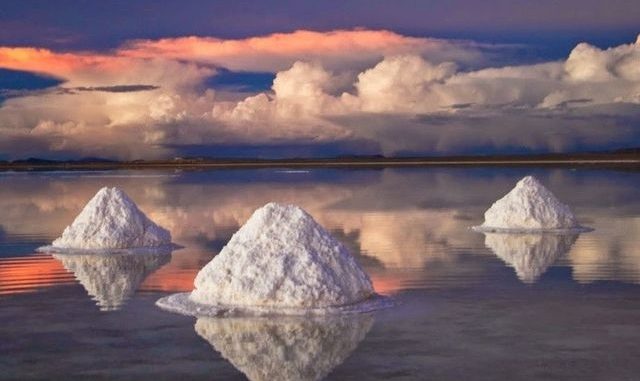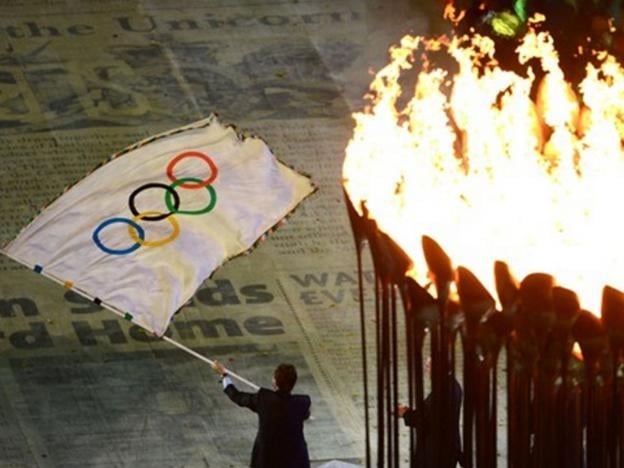
SANTIAGO – Minera Salar Blanco (MSB), the joint-venture company that operates the Maricunga project, has announced it received authorization from the Chilean Nuclear Commission (CCHEN) to extract, produce and market lithium products from the Maricunga salar.
The MSB is owned by Bearing Lithium (17.7%), Minera Salar Blanco SpA (32.3%) and LPI (50%).
The authorization is for an extraction quota of 88,885 metric tonnes of metallic lithium (approximately 473,135 tonnes of lithium carbonate) contained in brine over a 30-year period, according to a press release.
The joint-venture has four years from the date of authorization (March 7th, 2018) to present the environmental approval (Resolución de Calificación Ambiental or RCA) of the project to the CCHEN. The joint-venture anticipates submitting its environmental application (Environmental Impact Assessment or EIA) in early Q2/2018.
The Maricunga project, located 170 kilometres northeast of Copiapo in northern Chile, is a high-grade lithium brine salar and the only pre-production project in the South American country. It has, however, seen significant past exploration, with over $30 million expended to date.
Chile Joins Lithium Manufacturers Club – With World’s Most Productive Deposits
The resolution of the CCHEN authorizes the extraction of lithium from the grandfathered mining concessions included in the Maricunga project, which are those registered prior to 1979 and referred to as ‘old code’, with the opportunity to expand under a number of circumstances.
First, upon receipt of a Special Operations Contract or CEOL to exploit ‘new code’ mining concessions (registered after 1979), the joint-venture will be able to request an increase on the assigned quota. Second, as the resolution only considers the Measured, Indicated and Inferred resources on the claims (as per the NI 43-101 and JORC reports), the delineation of additional resources at depth would allow the joint-venture to request an increase.
Additionally, as the authorization assumes a 40% recovery at the production plant, any improved process efficiency would allow for a proportional increase in the production quota.



